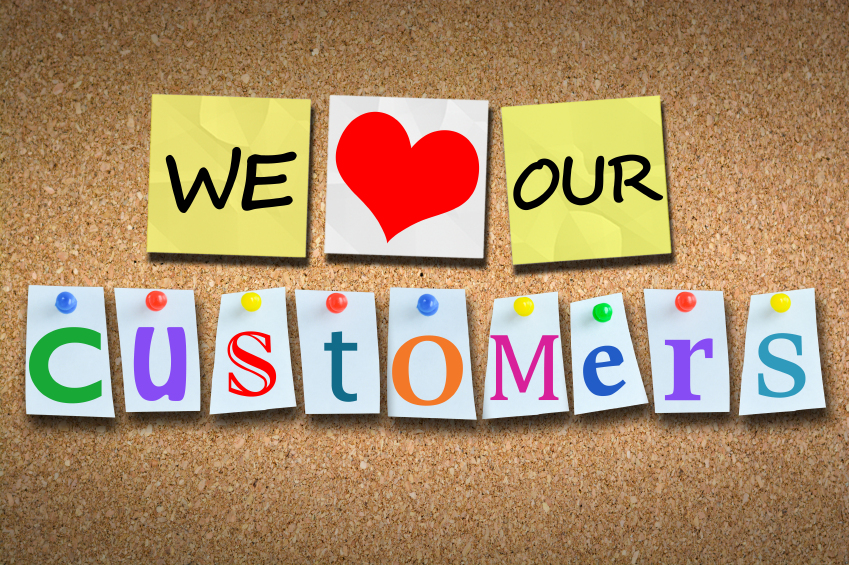Can you imagine a service that revolves around you? Who doesn’t want to feel appreciated? Although the customer-first mentality seems to be more prevalent in the private sector, government has also made some tremendous strides in improving their customers’ experiences. Accenture and the Partnership for Public Service recently released a report, Government for the People: The Road to Customer-Centered Services, which highlights some of the areas government can continue to improve on.
Kathy Conrad, Director of Digital Government at Accenture Federal Services and former Principal Deputy Associate Administrator for Citizen Services and Innovative Technologies at 18F, sat down with Christopher Dorobek on the DorobekINSIDER program to discuss the reports’ findings, while showcasing some agencies’ successes in providing customer-centered services.
“There is a recognition across government that the experience that people have with government directly affects both their trust and confidence in government overall. But it also matters because delivering a more efficient, more effective experience helps agencies save money and better accomplish their mission,” Conrad said.
Proper governance may be at the core of a customer-centered government. The report found that five out of twelve of the agencies interviewed do not have a plan for improving customer service and nine of those twelve do not have a senior leader responsible for the customer experience. This mentality can lead agencies to address customer experience on a piecemeal basis where you have different executives who are responsible for different parts of the customer experience. Which is why Conrad suggests that there should be one person in charge of the customer experience process, for example: a Chief Customer Officer. She highlighted the U.S. Department of Veterans Affairs’ progress in appointing Thomas Allin as the Chief Veterans Experience Officer-one of three executives that report directly to the Secretary. This sends a clear message to the agency that improving veterans’ experiences is important and that Allin now has the visibility and authority to drive meaningful improvement in this area of work.
Real-time, transactional data collection should be a top priority for all agencies seeking to better the services they provide. This data is important “because data should be driving decisions. Regardless of how passionate people are about improving customer experiences in government, it’s hard to get it right without the data,” Conrad stated. Unfortunately, there are still major gaps in data dissemination.
Data collection is only the first step in utilizing real-time, transactional data effectively. Agencies also need to share their findings amongst each other. “We need to not only collect data in real-time so that we get a better sense of how that experience is being delivered and the extent to which it meets customers’ needs, but we also need to be able to pull that data together on a government-wide basis. That way we can identity common trends, actionable insights, and apply analytics to better deliver the desired services,” Conrad furthered. However, Conrad admits that this is no easy task, especially considering that most agencies deliver their services through different modes: online, phone, and via in-person channels (i.e. Yelp or Feedback USA).”
Data collection closely ties into the need for agencies to improve their communication and engagement with customers. In fact, interacting with customers is necessary when desiring to better deliver customer-centered services because you need to understand your customer. You should be reaching out to customers to get their input about what their expectations are early on and it should continue to be an ongoing process. Conrad shared the success of the U.S. Citizenship and Immigration Services and TSA, in which they have fairly robust interactions with their customers through social media and in-person meetings. This helps them ensure they are meeting customers’ needs as they develop new products and services.
Lastly, agencies should make sure they are recruiting employees who can and want to improve government’s customer service outlook. Therefore, agencies’ workforce management is essential for the long-term success of customer service initiatives. You don’t want to end up in a situation where you have somebody in a policy office designing or developing policy, but doesn’t have enough customer intimacy to know how implementing that policy may in fact create a poor customer experience, Conrad pointed out. She highlighted an example from the report that shows how agencies can go about hiring employees who have that customer-centered focus. Carolyn Colvin, Commissioner of Social Security, shared that they have a process called “meet and deal,” where they assess the ability of candidates to effectively engage with customers through role play exercises.
Good customer experiences help agencies more effectively deliver their mission, which makes this “really everybody’s responsibility. It needs to start at the top and be infused throughout government so that everyone feels committed to serving customers as well as possible,” Conrad said.





Leave a Reply
You must be logged in to post a comment.